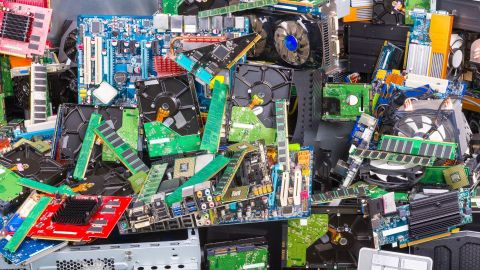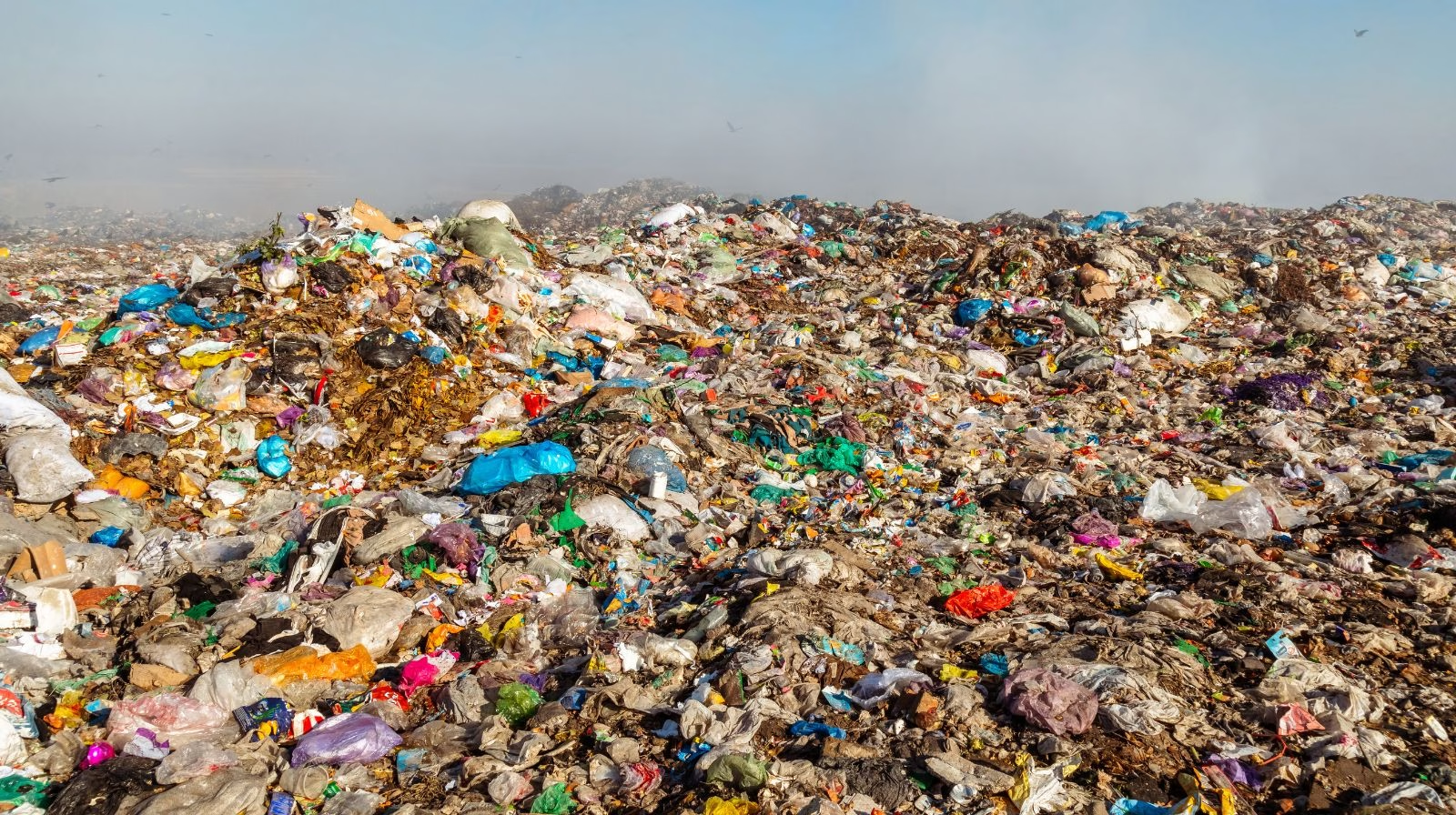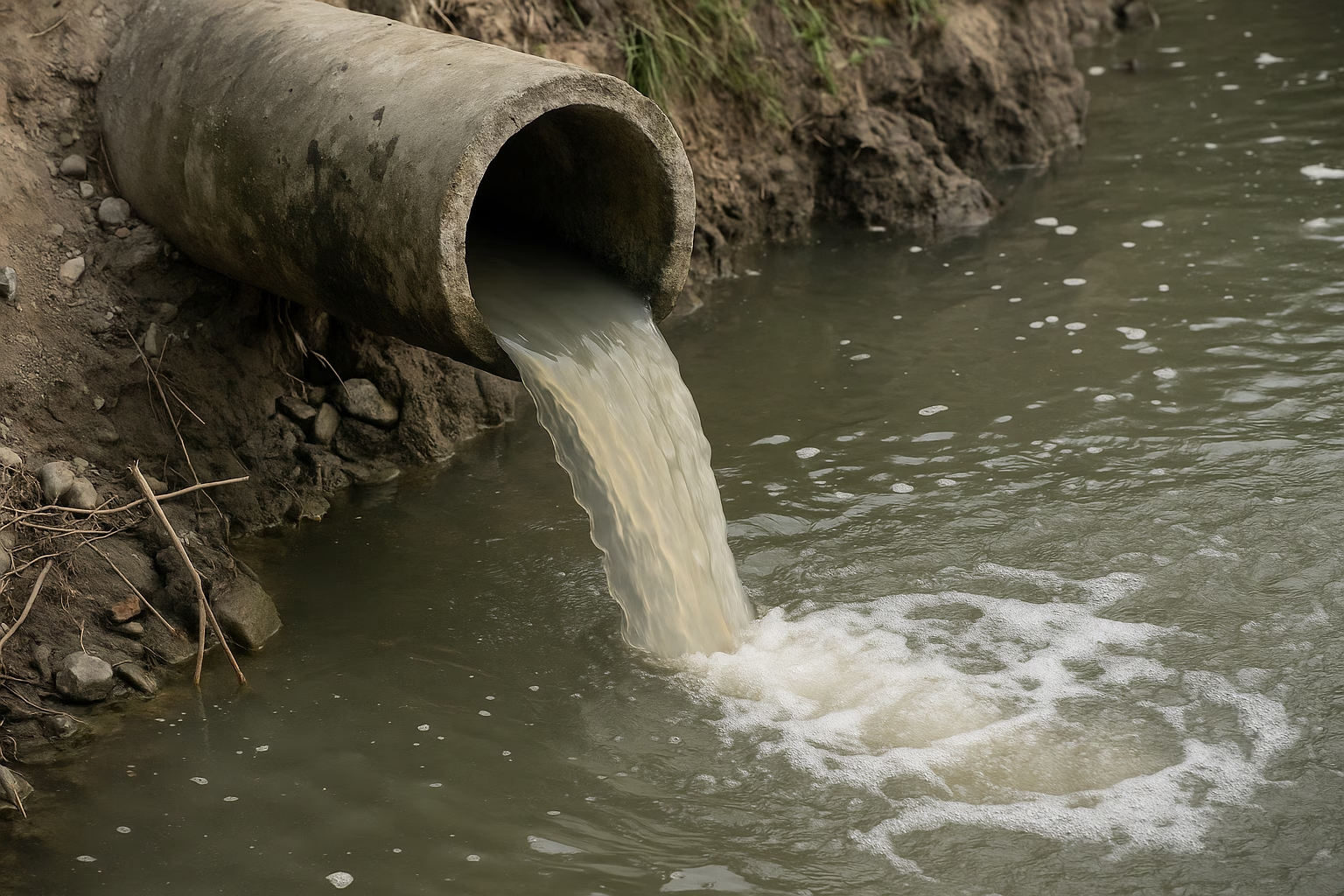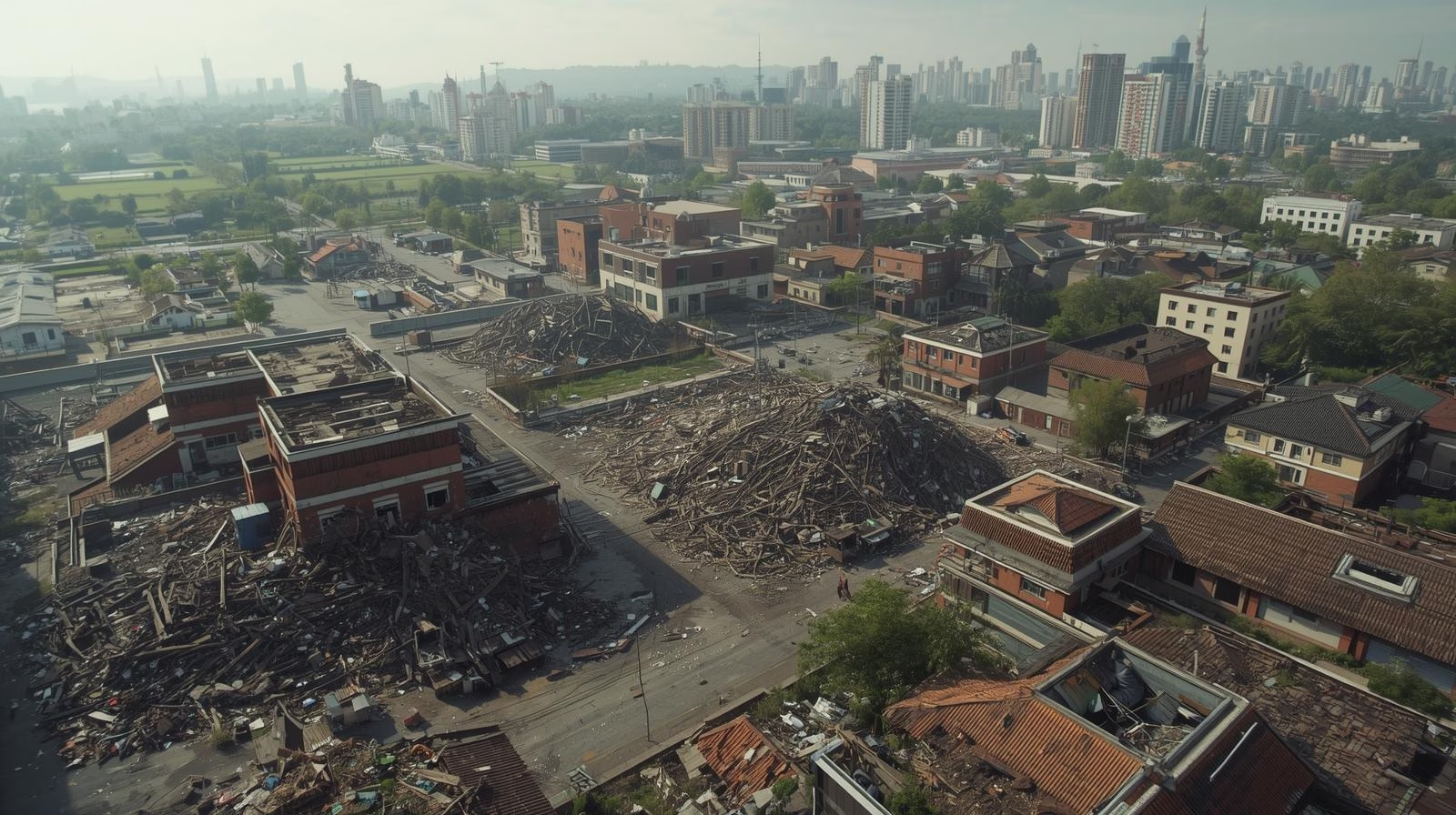India ranked third in the world in terms of E-waste production last year, behind China (10.1 million tonnes) and the United States (3.2 million tonnes) (6.9 million tonnes).
Consumers waste 44 million tonnes of electronics per year, according to a 2019 United Nations study titled “A New Circular Vision for Electronics, Time for a Global Reboot,” and just 20% of that is recycled sustainably.
According to the Global E-Waste Monitor 2020, customers discarded 53.6 million tonnes of electronics in 2019, an increase of 20% over the previous five years.
Shocking right? Can you imagine tonnes and tonnes of E-waste piling up? Think of the damage it would do to our mother nature.
But what if I say there’s an alternative? Yes, you heard me right. I am talking about recycling the E-waste.
In this blog, I will walk you through E-waste, different types and its recycling process.
Also read : Environmental Impact Assessment -(EIA) – Process and benefits
E-waste
E-waste or electronic waste is generated when an electronic product reaches the end of its useful life, The rapid advancement of technology, combined with our consumer-driven culture, has resulted in a massive amount of e-waste. Electronic waste refers to devices that have been discarded electrically or electronically. E-waste includes used electronics that are destined for refurbishment, reuse, resale, salvage recycling via resource recovery, or disposal.
E-waste Classification
The European Directive on Waste Electrical and Electronic Equipment divides waste into ten categories:
- Small household appliances
- IT equipment (including monitors)
- Consumer electronics (including TVs)
- Lamps
- Luminaires
- Toys
- Tools
- Medical devices
- Monitoring and Control Instruments,
- Automatic dispensers
Let me brief about the importance of recycling E-waste.
Why should E-waste be recycled?
E-waste management is incomplete without recycling. Let’s see the reasons.
- The aim of extracting metals and plastic from electronic waste is to use them in the manufacture of new electronics.
- Recycled metals are two to ten times more energy-efficient than metals smelted from raw ore.
- It’s used in tablets, smartphones, and electric car batteries.
- According to the most recent estimates, the global value of e-waste is about $62.5 billion per year, which is more than the GDP of most countries. It’s also worth three times what all of the world’s silver mines produce.
- It can significantly minimise the release of radioactive materials into the atmosphere.
- Helps to prevent the depletion of natural resources if properly implemented.
- Reduces exposing workers to toxic and carcinogenic substances like mercury, lead, and cadmium.
Recycling Process
Recycling printed circuit boards from electronic waste is one of the most difficult tasks. Gold, silver, platinum, and other precious metals, as well as base metals like copper, iron, and aluminium, are used on the circuit boards.
Some of the ways of processing e-waste includes:
- Melting circuit boards
- burning cable sheathing to retrieve copper wire
- open-pit acid leaching
Mechanical shredding and separation is the traditional process, but the recycling efficiency is poor. Cryogenic decomposition is an alternative method for recycling printed circuit board.
Let me give you a brief description of the recycling process.
- Material for shredding is conveyed into a crude mechanical separator.
- It uses screening and granulating machines to separate constituent metal and plastic fractions.
- These are then sold to smelters or plastic recyclers.
- This type of recycling equipment is enclosed and has a dust collection system.
- Scrubbers and windows capture some of the pollutants.
- After that, the glass, plastic, and ferrous and nonferrous metals are isolated using magnets, eddy currents, and Trommel. further separated at a smelter.
- CRT glass is recycled into car batteries, ammunition, and lead wheel weights, or sold to foundries for use as a fluxing agent in the production of raw lead ore.
- Copper, gold, palladium, silver, and tin are valuable metals that are sold for recycling to smelters.
- To protect the atmosphere, hazardous smoke and gases are detected, contained, and treated.
- All useful device construction materials can be safely reclaimed using these techniques.
Also read : Air pollution – effects and causes
Benefits of Recycling
- The most successful solution to the growing e-waste issue is to recycle raw materials from end-of-life electronics.
- Recycling preserves our natural resources.
- Dismantling and reuse options prevent air and water contamination induced by hazardous disposal.
- Furthermore, recycling decreases the amount of greenhouse gas emissions generated by new product production.
Conclusion
Considering the huge volume of E-waste generated everyday recycling them is the need of the hour. India has formulated and notified its strategy to tackle e-waste through the e-waste (Management) Rules, 2016. Recycling reduces pollution, saves energy and conserves resources.
That’s it about E-waste. Hope you found it useful.






It’s nice to learn that harmful pollution can be avoided if we reuse or dismantle e-waste properly. My office janitors are in the middle of disposing of old servers and I wonder what would they do with them. I’ll propose this idea to those guys so they can get rid of the items responsibly.